What to do in cloudy season
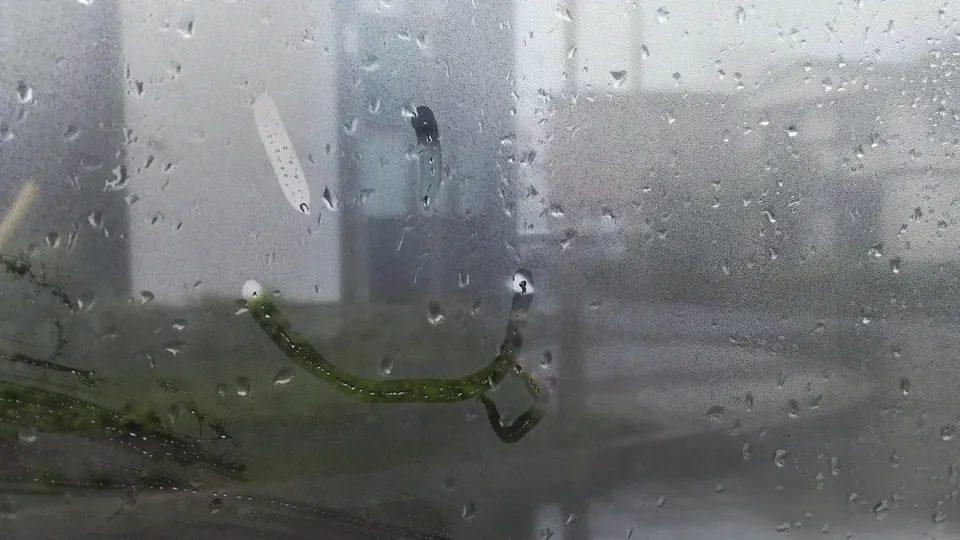
7°C today, raining non-stop.
I am extremely stressed and depressed. SAD maybe.
See, there hasn't been enough sunny days this January and February. Yes, there were some, but on weekdays not weekends.
On weekends they like to make it cloudy of not rainy.
My work ends at 4:30pm and the time when I get out it's 5pm already. Sun sets near 6pm on winter. Of course, some people's work end later and earlier. I am talking about myself here.
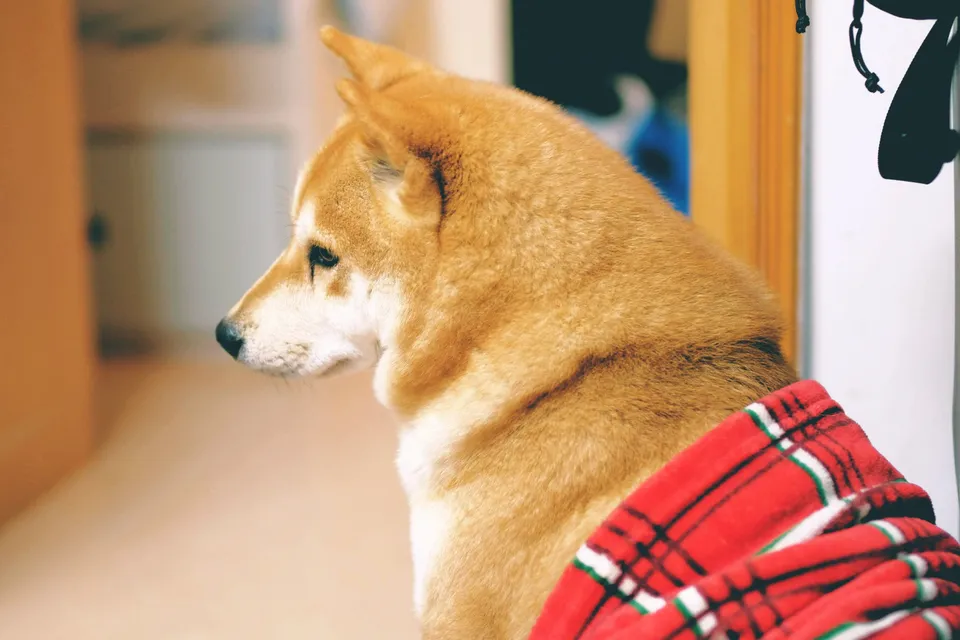
Aside from the obvious shooting off-focus shots of rain-drop sliding down a window or shooting into reflection on the ground, there isn't much I am motivated to do on a rainy day.
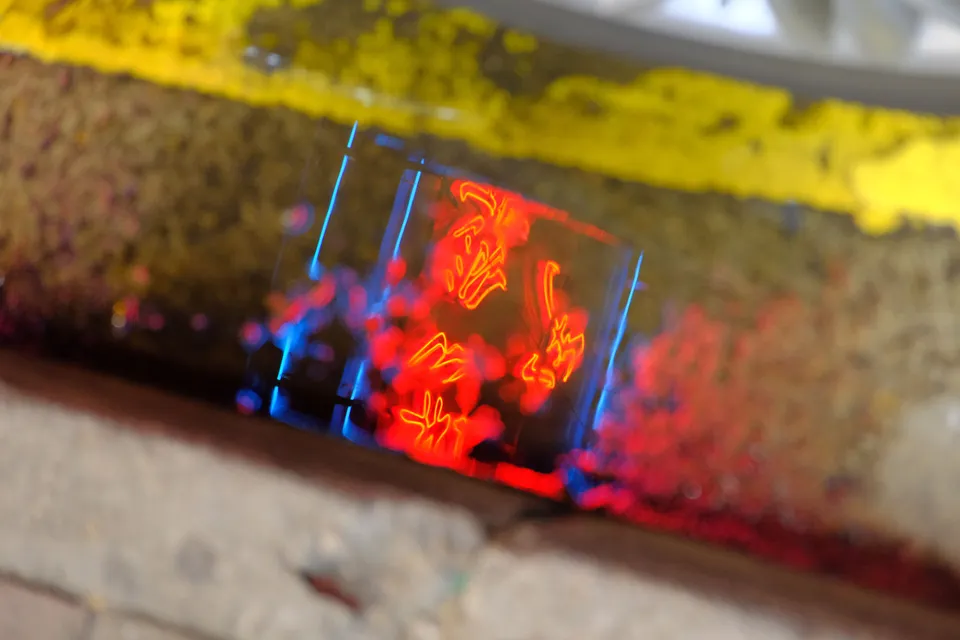
Well what else? There have to be something else about photography I can do. Otherwise I will die from lack of photography or worse, live a depressed life.
Looking at the stats visibility will improve from May, and at least gets warmer from March. I only need to survive through March I guess, when it gets warmer then I can go out even without proper sunshine. Then comes May I will take a long vacation to go shooting.
Below are the 7 things I can do, even at home, before May.
1. Read books/Browse the web/Watch YouTube
While depressed I finished Susan Sontag's 《On Photography》. I own the Penguin version of the book, aided by the (badly translated) Chinese version. It was surprising that many of the learnings still applicable even today, sharply.
Cameras define reality in the two ways essential to the workings of an advanced industrial society: as a spectacle (for masses) and as an object of surveillance (for rulers).
— Chapter "The Image-World"
Books like this serve insights more that just photographic techniques that fuel one's development of their own idea towards photography. It's not a bad idea to just sit down, pour a cup of coffee, and just immerse in the world of reading.
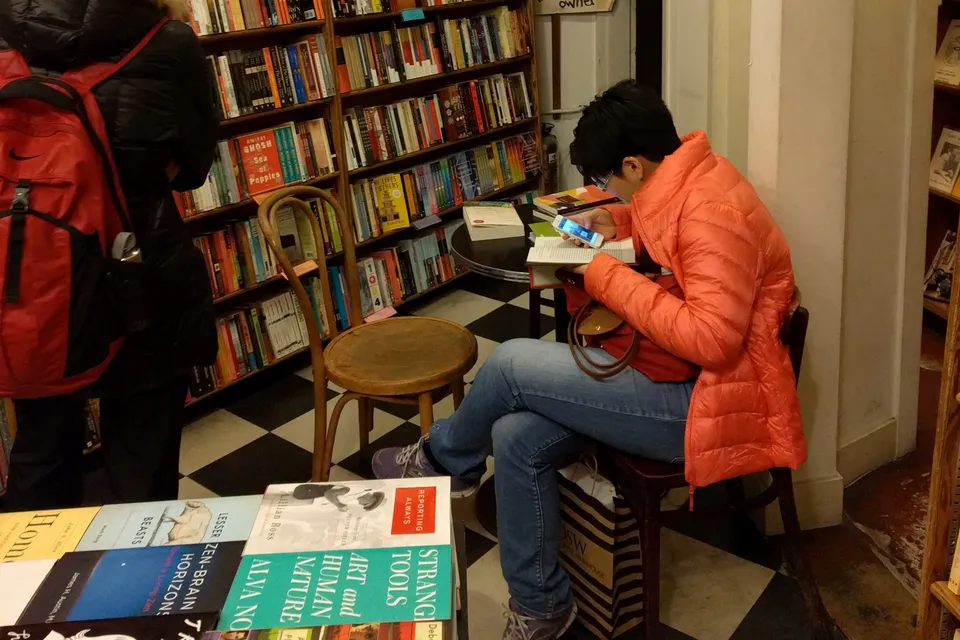
Another thing I became interested in is reading blog posts on about photography on the Japanese blogging platform note. Basically I followed the tag #フィルムカメラ (#filmcamera) and #フィルム写真 (#filmphoto) that have been keeping me busy when I need something to read.
Blog posts are better than the infinitely scrolling feeds on Instagram because blog posts serve immensely richer insights from the authors their own photographic experience. Someone attachs lyrics of songs to the photo; someone posts a photo every day (like me!) for a year; someone write shorts fictions with photos; and someone rates the good/bad/fail photos for every roll of film photo he takes.
And also YouTube. I have found videos of people's trips, sharings on post-processing, and insight into cinematography quite useful. I try to stay away from gear reviews though. With the non-stop price hike, buying more gears that I don't have enough time to use only makes me more miserable and does little to improve my photography.
2. Tidy up storage (both digital and physical)
I am routinely shooting nearly 1,000 film photos every year. To my surprise, the artifact namely film strips stacked up to a staggering height. A normal A4 plastic folder is no longer able to hold the film strips, so I bought a couple rings to bind the pages into a booklet and shoved them into the deepest corner of the closet.
Then my cameras. I have so many of them that all require to be stored in dehumidified storage. My solution is a bunch of Ikea plastic boxes and reusable silicon dioxide-based drying pallets. I simply need to regularly microwave the packs of drying pallets to release the water trapped inside and be careful not to smell the fume as they are bad for my lungs. I have ran out of space to place these boxes though, so I should not buy any more gear.
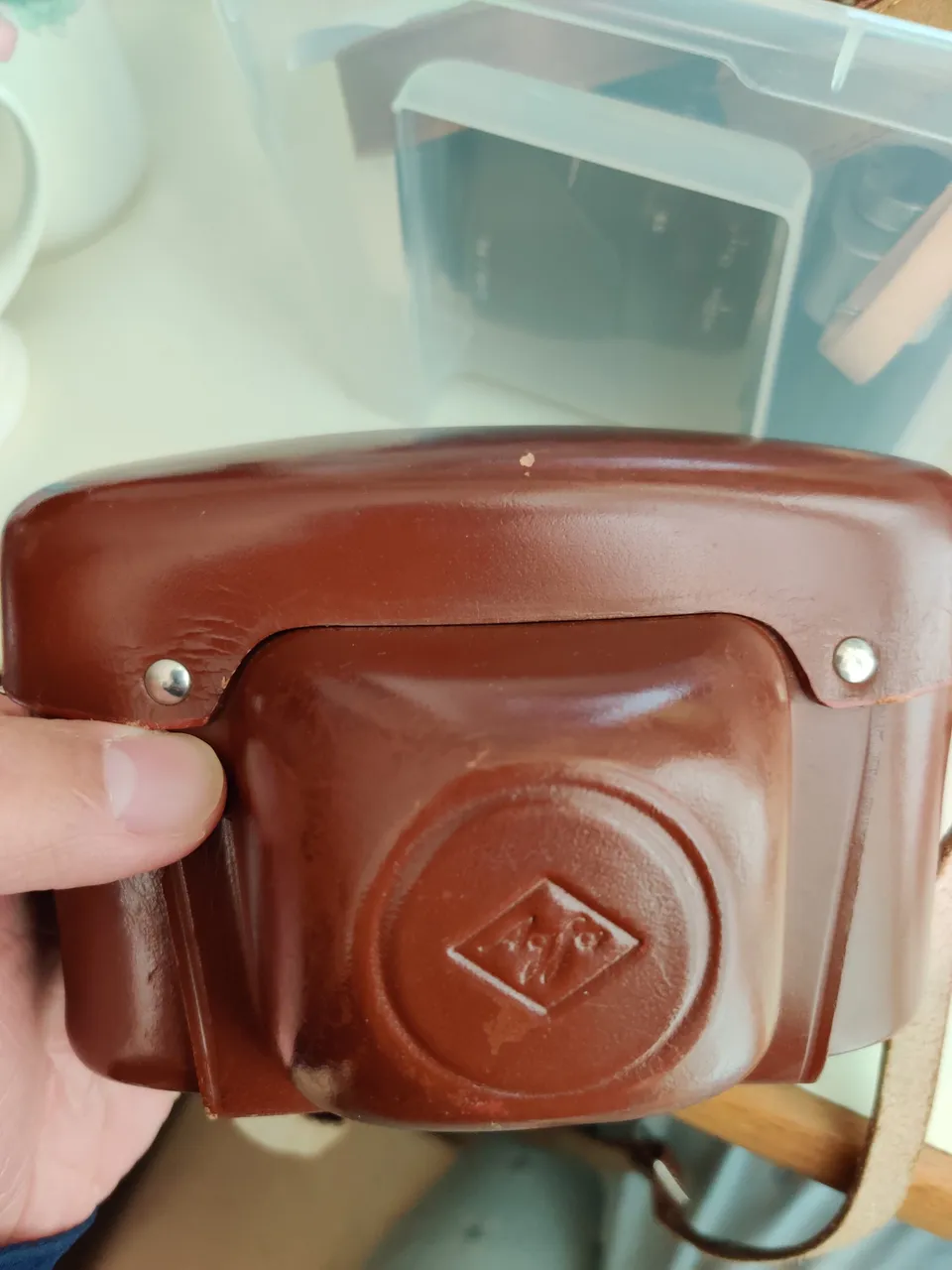
The worse part though, is my library of photos. Some 45k+ of them. Google Photo has done a good job over the years to index them by dates and into albums, until Google decided to be evil again by charging for photo storage. For backup Nextcloud is adequate. I have began organizing the photos into simplistic folders by the dates and camera used. As some point, I will need to start self-hosting PhotoPrism or LibrePhotos to replace Google Photo to index my growing library of photos.
And need find a use for all those plastic film canister.
3. Plan the next trip
I like planning a trip for when the sun shines. I am bad at following them though. Usually the photospots that I deligently marked on the map easily get forgotten when I physically reached the destination. There're many more photo opportunities available than what's planned. Following my guts and the spontaneity will lead me to a satisfying outcome.
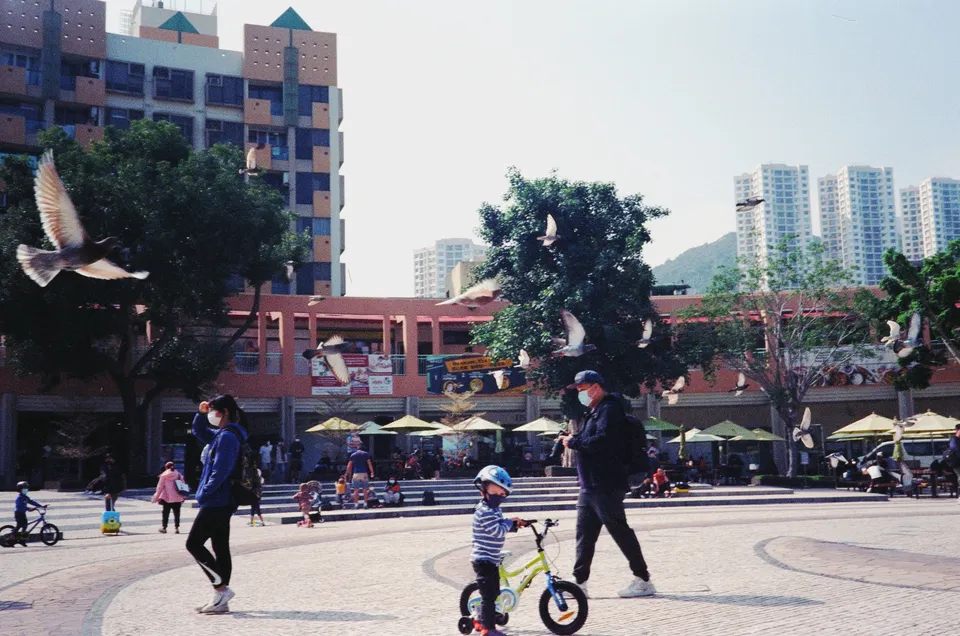
Then why plan? Planning gets me started. It injects a desire to actually go visiting the location and reduce selection anxiety-reduced procrastination when the weather condition finally becomes favorable. Plus, planning in itself is a fun activity even if the plan is not followed at the end.
4. Write and introspect
Like a photo blog, like this one. This photo blog is quite text-heavy because I keep having new ideas about what to write in addition to simple gear reviews. Writing is a good way to consolidate learnings and over time will form a reservoir of knowledge. Plus, if the site is not getting any traffic, adding more content is going to increase the chance of organic traffic coming from search engines.
What if nobody cares about what I write?
To me, the joy is not in view counts. As an amateur, I do things because I like to, in my own ways, even if that's not how the 'pros' do it, I have our own fun simply in doing things. The moment my content is online, I am content. (ahem)
Even if I am not posting the content I make, I introspect and review my photography while I re-organize my photo collections. From which I review how the photos was taken and regret on the badly taken photo when I felt trigger-happy on the shutter release. Or review the good ones taken by others and decide how to recreate the same. Steal like an artist.
5. Fix a camera
My Nikon Zoom 600 suddenly broke. The FED3 and FED5, well, they may still deserve to live. The Ansco Memar didn't work at first, and later got fixed. Even in the lack of sunshine, with the know-how and proper tooling, it's possible to revive and give new life to a broken vintage camera.
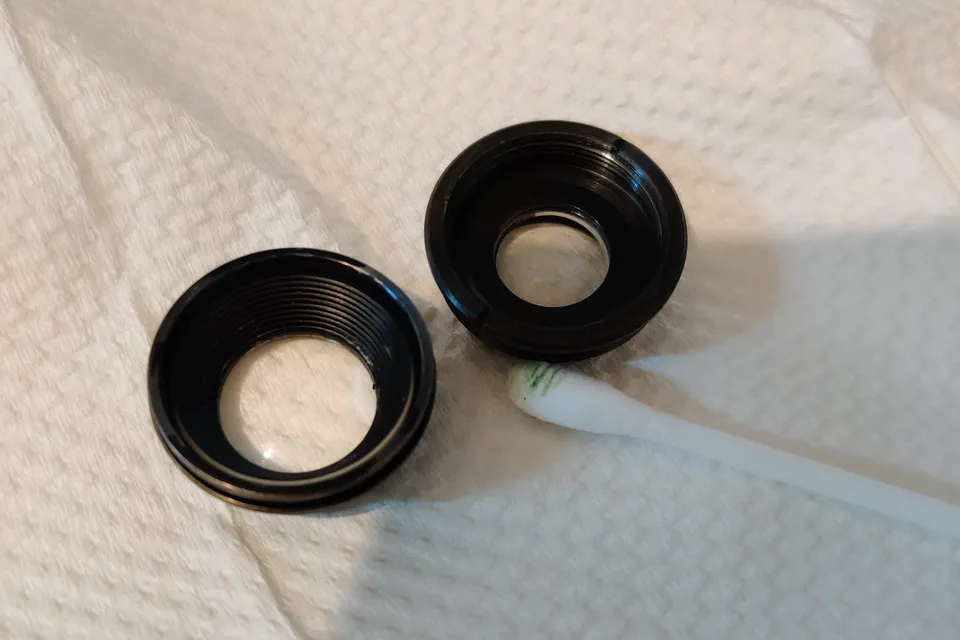
FixFilmCamera is a good restart to begin with, in which contains links to several other sites with useful camera repair information for various kinds of cameras. Scans of some original service manuals are made available too. For the more popular cameras it'll definitely be handly.
Even if you don't find the documentation for the exact camera you own, you may be able to find documentations for particular component, say Prontor/Compur shutter or Agfa Color-Apotar, that are shared between different cameras.
"My camera is not broken" you may say. Then you can possibly try recalibrating the rangefinder and focus. I strongly suspected my Zeiss Ikon Contina II to have inaccurate rangefinder and focus. Althought I did not open the lens up to calibrate, I was able to study the image produced at the back with different combinations of settings without wasting film.
6. Make prints
It's dark outside. Good. The risk of light leak your make-shift dark (bath) room is reduced. Try making simple contacts print with flash light, printing paper and medium format negative.
Or if you are rich and not feeling eco-friendly, you can make prints using those portable photo printer with proprietary print paper coming in un-reusable container and excessive packaging.
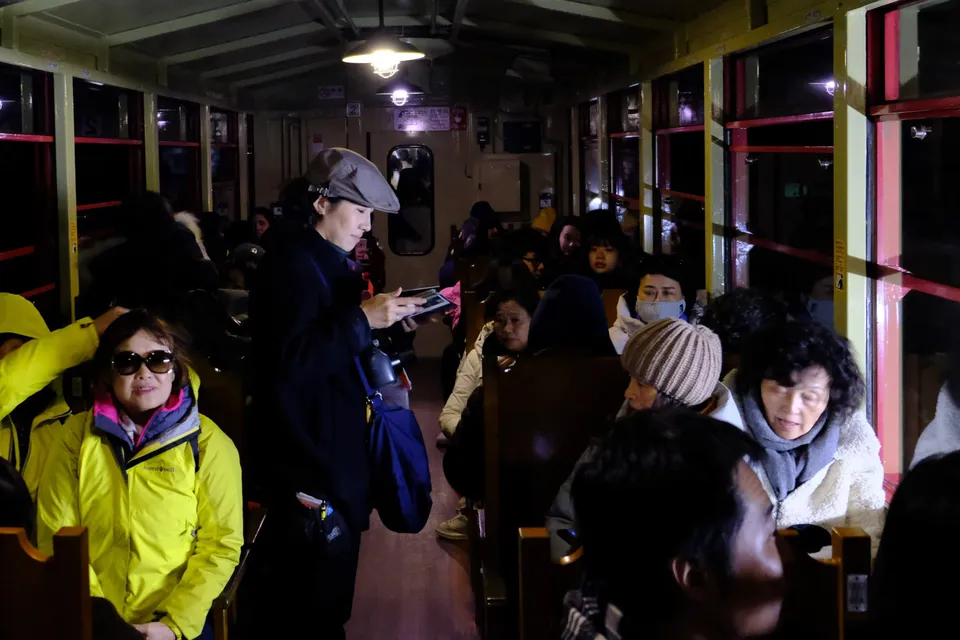
7. Curate a photo collection/Make a Zine
What I realized over the year is that people really like photos collections versus feed with randomly scattered images. When the scope of a collection is limited to a certain topic, location, subject or concept, the impact on the viewers will be more powerful than individual photos.
Out of the collections may come one or two particularly good one that can be further developed into a Zine, or a set of postcards by inserting text and arranging the photo in a certain way. Prints may be make to create prototype of the Zine, or a digital one can be made and shared to friends.
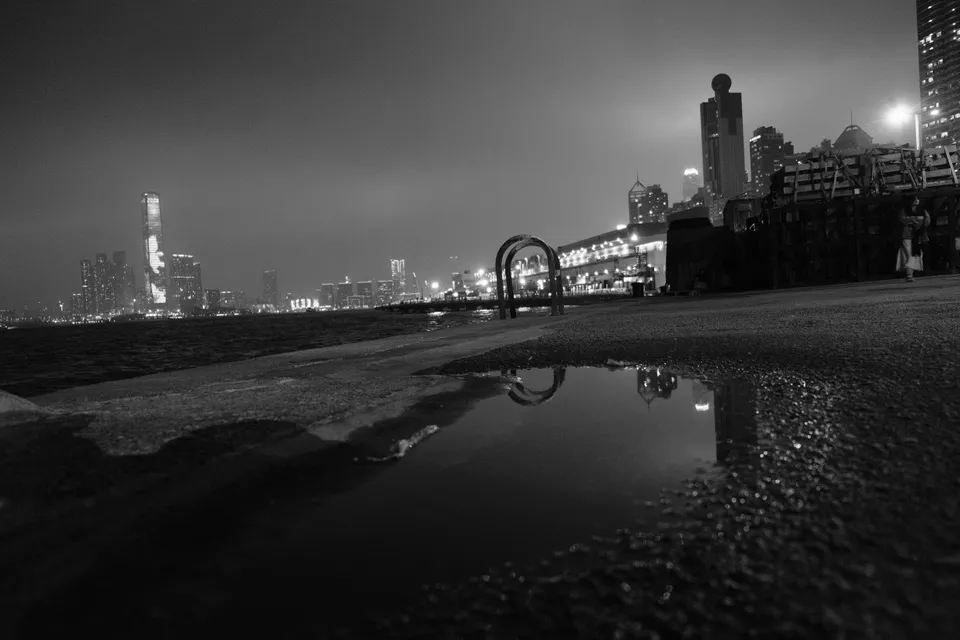
Lastly, you can pray for the weather to improve.